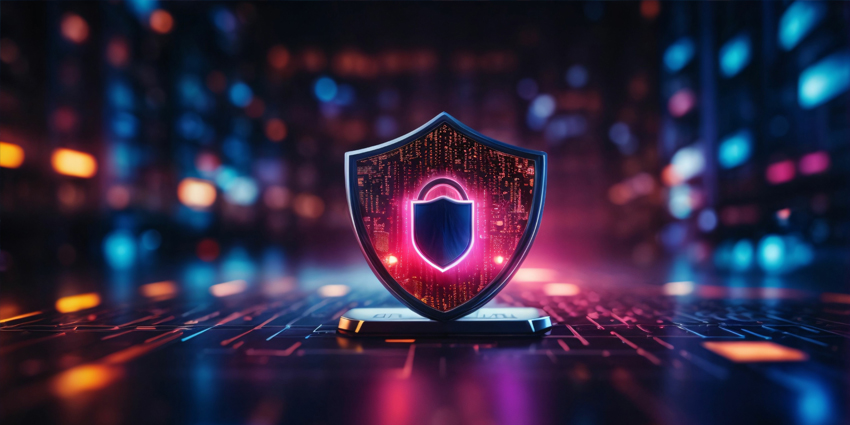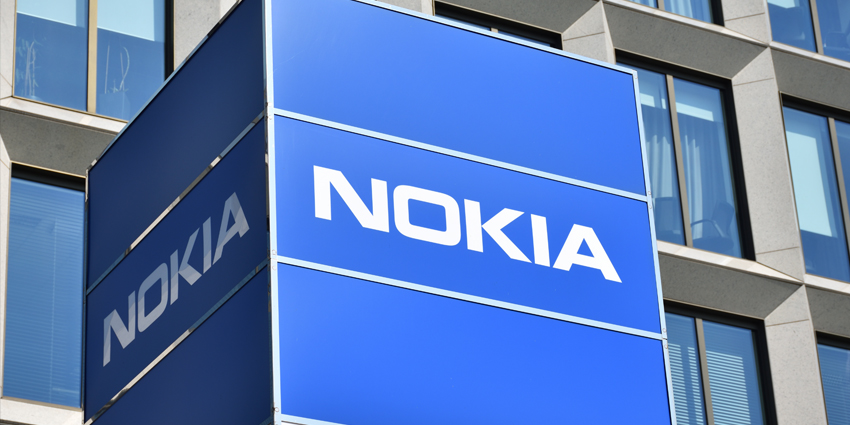As virtual reality, augmented reality, and other forms of immersive experience gain more attention in the digital world, we’re all searching for ways to make other realities more realistic. To fully submerge anyone in an experience, today’s leaders need a variety of advanced tools, from spatial audio to incredible visual resolutions.
Tobii, an emerging leader in the XR space, is bringing another form of technology into the landscape: eye tracking. For years, Tobii has transformed the eye-tracking environment, helping with everything from industry performance to scientific research. Now Tobii is moving into the XR environment too.
I spoke with Johan Hellqvist, the VP, and head of XR for the Tobii brand.
What Does Tobii Do?
Now that Tobii is making its initial steps into the VR and AR industry, I was keen to discover what brought the company into this landscape. Tobii is the market leader in eye tracking and one of the companies responsible for the standardization of the technology. The brand enables technology to understand human intent and attention.
According to Johan, there are currently three pillars to the Tobii business. The first is Dynavox, the leader in assistive technology for communications. This solution includers products specially designed for eye-tracking and touch-focused communication software and tools. The technology supports people with disabilities in learning more independent lives.
The second pillar is Tobii Pro, the world’s top supplier of eye tracking technology for research and human behaviour understanding. This segment of the business covers high-performance hardware, including wearable and desktop devices, as well as cloud and consulting, software, and services used by academic researchers.
What is Tobii Tech and the Opportunity for VR?
The third pillar of the Tobii environment is “Tobii Tech”, which provides world-leading eye-tracking technology, primarily to OEM customers and partners. As Johan told me, the Tobii brand has been working in eye tracking for 20 years, but it has only recently begun unlocking opportunities with XR.
“We’ve been doing eye-tracking for 2 decades, and head-worn eye tracking for 12 years. For years, we’ve been on the cutting edge of this industry, delivering wearables, screen technology and software. We’ve been in VR for the last three years or so, and now we’re helping OEMs to build eye tracking into their existing technology.”
The Tobii Tech environment makes it possible for other companies to build revolutionary eye-tracking experiences into various products, like computers, AR, and VR headsets. The technology can create more intuitive and natural experiences for users, bringing value to a huge range of industries.
What are the Use Cases for Eye Tracking?
Eye tracking creates incredible opportunities in a range of environments, according to Johan and Tobii. Johan told me that what really excites the company right now is opportunities to create experiences that really improve the performance of the device itself.
“For instance, we can deliver better focused, high-definition experiences that focus on delivering the right image to the place where users are looking in a headset. In things like VR, you don’t need the whole screen to be HD, just the place where you’re looking at any given time.”
In the enterprise space, there’s potential for technology like this to track the interest and attention of employees when they’re working on tasks or training. It could also be useful for targeting the issue of fatigue in the modern collaboration environment. “You can adjust your virtual view port within your headset to create more natural viewing experiences, like eye-to-eye interactions with colleagues.”
According to Johan, access to eye-tracking allows VR and XR companies to reduce levels of nausea in the transition between digital and real-world environments.
How Are You Taking These Opportunities to Market?
Tobii’s biggest selling point is the company’s ability to extend and expand the functionality of various tools, including analytics systems, VR headsets, and so much more. Currently, the most typical customer of the brand is the OEM, or companies already designing their own headsets and smart glasses. “We work with ecosystem partners to ensure they can create all kinds of unique experiences with eye tracking.”
Johan told me that eye tracking is becoming an increasingly important technology in the digital world, particularly now that the tools are standardised. The challenge that Tobii really wants to tackle going forward is making an eye tracking experience that works for everyone, in all conditions.






